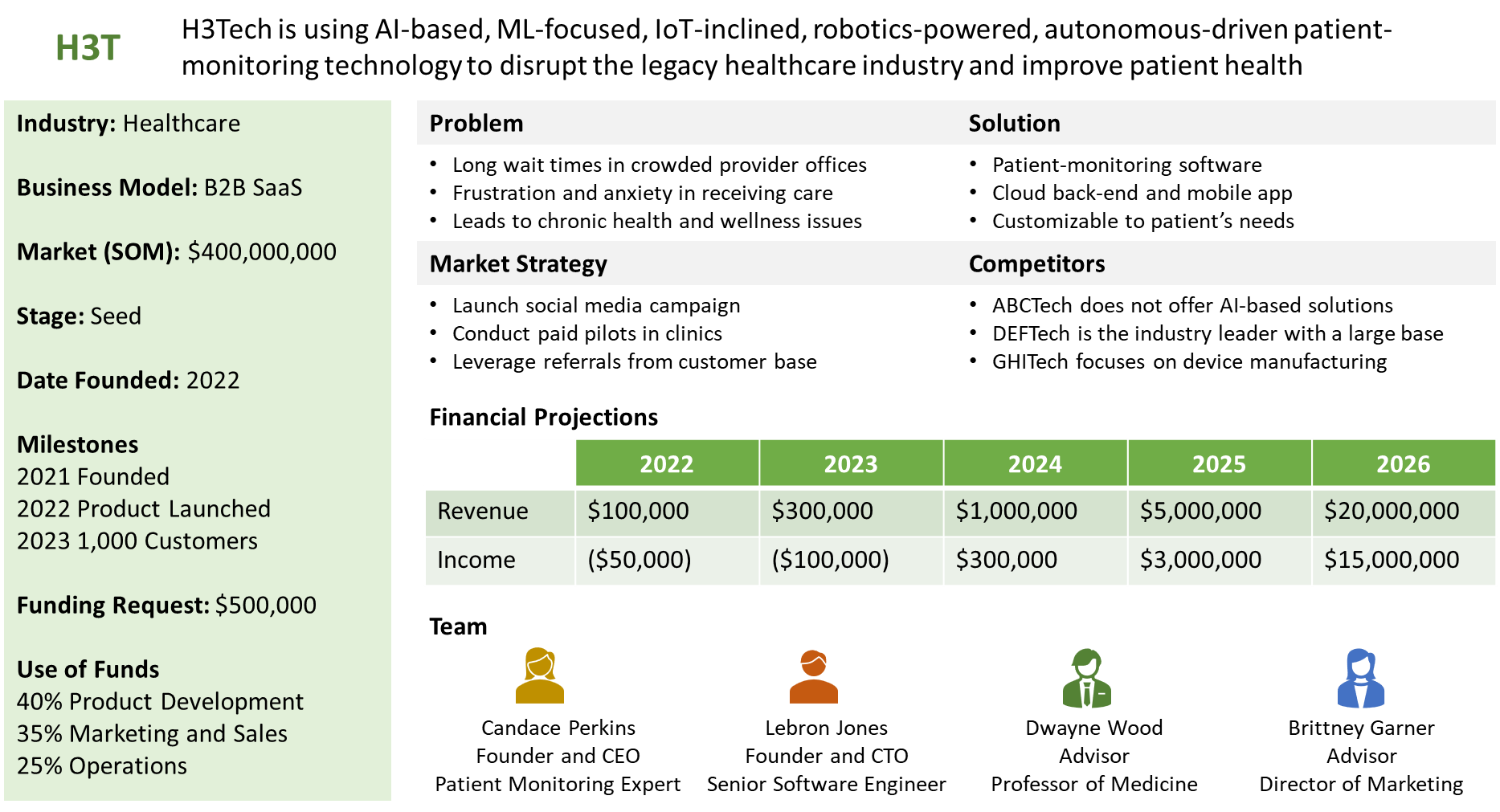The Importance of an Executive Summary
Back in 2016, when I was working as a principal cloud engineer at MITRE, the CEO, Al Grasso, give a TEDx Talk entitled “It is really hard to get to easy.” The main point was that it’s actually more difficult and time-consuming to create a shorter paper or presentation than it is to do a longer one.
As an engineer, I often presented the results of my analysis, design and operational results to executives in customer organizations. I learned that such briefings must have a BLUF (bottom line up front) slide.
The purpose of the BLUF slide was to present the key information so that an executive could make a decision. Sometimes, I would never make it past this slide because the briefing became more of a dialog.
Once the executive had enough input and was comfortable with the pros and cons of each alternative, he or she would decide right then or in a few days after pondering the information some more.
True to Al’s talk, the BLUF slide was the one that took more time and discussion among the team than any of the detailed slides in the deck.
Using these analogies, it would be easier to create a 20-slide pitch deck than a 1–3-page executive summary.
In a pitch deck, you can include just about everything you want to communicate about your startup. But in an executive summary, you have to distill all that information into the key nuggets that are most important to communicate.
So, if you only had one page to include as much information as you could about your startup story, what would you include? Perhaps just as importantly, how would you organize the information.
How to Use an Executive Summary
Think of an executive summary as a brief overview of your startup that provides investors with a snapshot of your business. This is quite different from an elevator pitch, which you have to deliver in about 30 seconds.
You could use an executive summary as a teaser to highlight the key elements of your startup with anyone, including investors, who expresses interest. You could also include it in your marketing materials to spread the word about your startup.
In some cases, an investor who is really busy or overwhelmed might ask for an executive summary. This allows the investor to get the big picture very quickly without having to go through a pitch deck with several slides.
It may be the first thing investors read. So, it's essential to create a compelling summary that piques their interest and entices them to seek more insight into your business.
Executive Summary Example
Here is an example of a 1-page executive summary. It’s somewhat based on the example startup described in the compelling story article.
This page represents a snapshot of the referenced startup, including many of the core topics that should be included in a pitch deck. The snapshot can be customized as needed so you can convey the most important elements of your startup.
Note that the content is for illustrative purposes only. It is not intended as guidance for the content you need to write about your startup.

Creating Your Executive Summary
I’ve found it helpful to create the detailed slides first, then work on the BLUF or executive summary slide. This works for me. You might prefer to start with the summary slide, then fill in the details afterwards.
Either approach is fine, as it’s very likely you will be switching between the summary and the rest of the deck, and making changes to help improve your story.
Don’t feel constrained to 1-page, although it may be preferable for some investors. There is something magical about being able to crystallize your thoughts on a single page.
Final Word
Yes, it is hard to fit the key information on a page. But it will help you gain clarity on what truly matters about your startup.
The 1-page executive summary offers an at-a-glance, big picture view that can help investors decide whether to accept or reject the follow-on pitch. So, make it interesting. Make it compelling.
